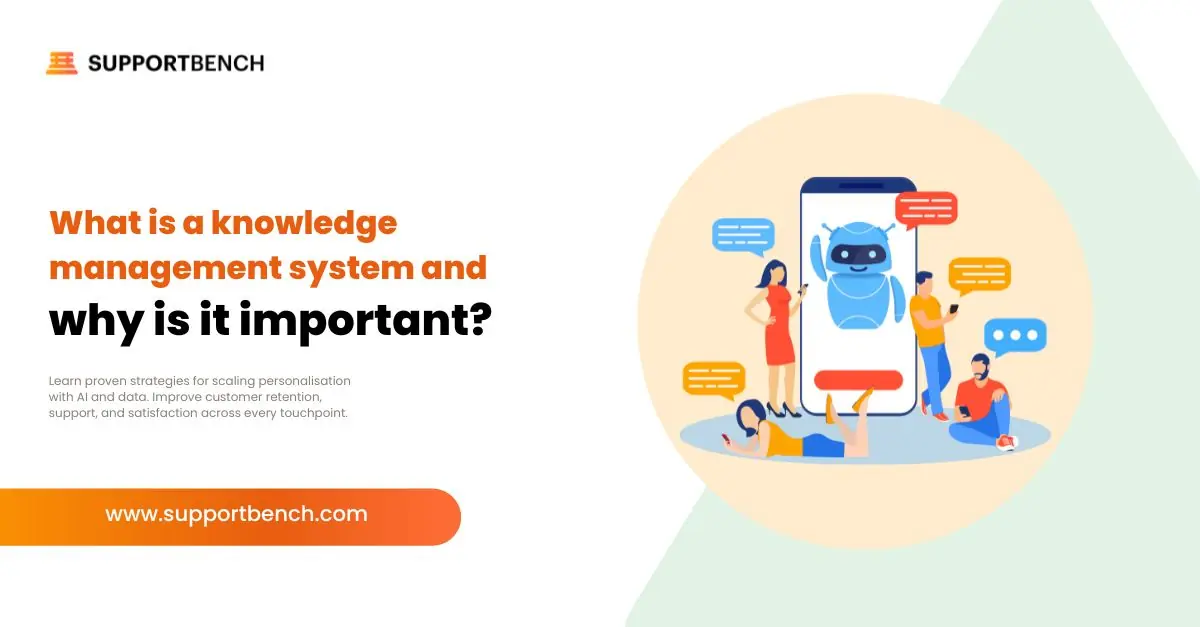Customer support and customer success: While the terms might sound synonymous, they denote distinct aspects of customer experience. Despite their differences, these functions should coalesce seamlessly for an optimal customer journey. It’s alarming that businesses forfeit an estimated $62 billion annually owing to subpar customer interactions.
Delving deeper, let’s delineate between customer support and customer success.
Core Objectives
Their undertones in business operations vary subtly. Customer support is perceived as a reactive arm, stepping in when customers encounter hitches, addressing these glitches, and ensuring customer contentment.
Conversely, customer success adopts a forward-thinking approach. Agents strive to discern and preempt customer necessities, amplifying satisfaction and curbing attrition. This proactive stance translates to customer success representatives often making the initial outreach.
To put it in perspective:
- Customer support springs into action upon a customer’s beckon.
- Customer success takes the helm, spotlighting customer progression. This explains why they predominantly oversee onboarding, equipping customers with all requisite knowledge for a fruitful product or service experience.
Tasks under their purview:
Success is responsible for: | Support is responsible for: |
|
|
Nature of Engagements
Interactions spurred by customer support have a defined start and culmination. In contrast, engagements with customer success teams have longevity, perpetuating for the entire customer lifecycle.
Performance Indicators
Given their disparate roles, their performance benchmarks diverge. Customer support gauges the efficacy and agility of resolutions. Meanwhile, customer success fixates on overarching business objectives, with metrics like the lifetime value of the customer. They champion curbing attrition, leveraging indicators such as product engagement to pinpoint and engage with potential defectors.
Metrics in focus:
Success metrics include: | Support metrics include: |
|
|
Evolution of Customer Success
The ethos of customer success has gained prominence recently. This evolution emanated from the surge of Software as a Service (SaaS) entities, intensifying the significance of customer gratification and allegiance. B2B enterprises recognized the potential of nurturing existing clientele and amped up advocacy efforts, accentuating long-term customer fidelity.
Synergy Between Support and Success
There’s a propensity for customer success and support to function in isolation within enterprises. Yet, their visions are congruent: curating unparalleled experiences for mutual customers. Their collaboration is pivotal as a staggering 70% of purchase decisions hinge on perceived treatment by businesses. For customers, the delineation between success and support is inconsequential; they seek effective resolutions and value-packed interactions.
Supportbench stands poised to elevate your customer support in 2024. Engage with us for transformative results!















